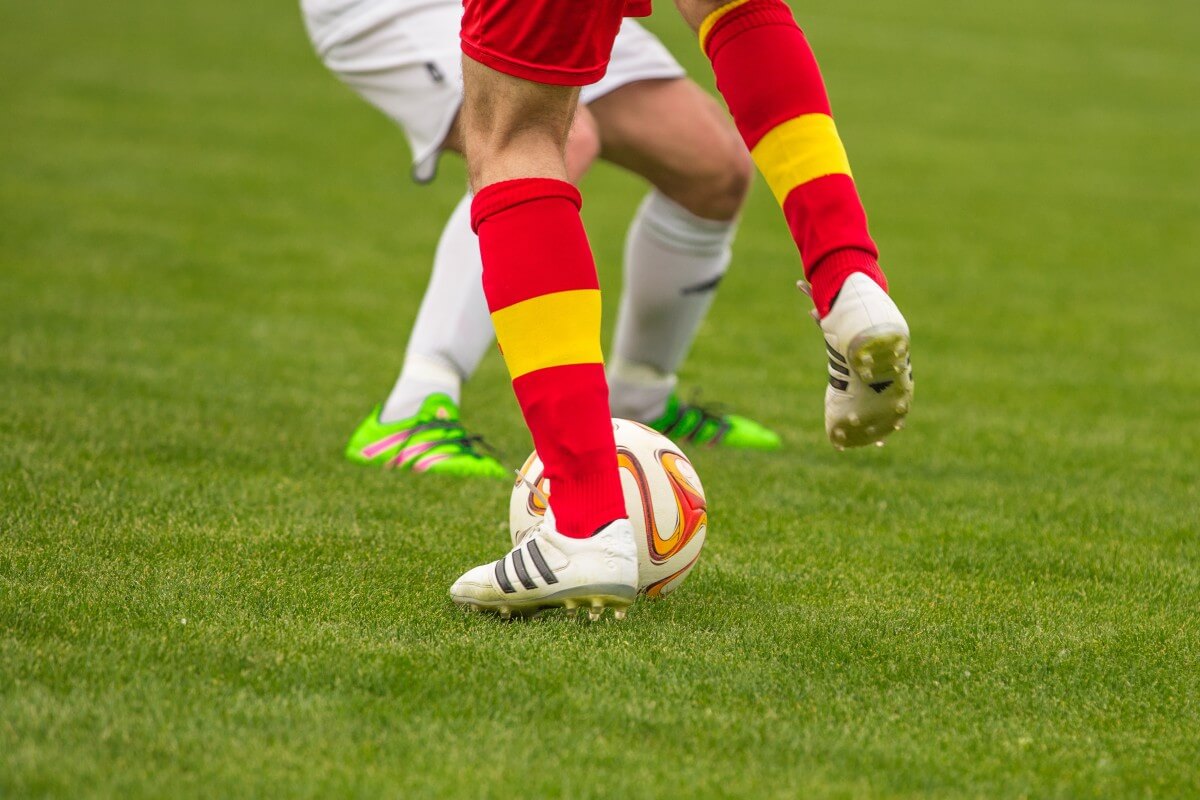
In 2017-2018 the CDC estimated childhood obesity in youth ages 2-19 years old to be at 19.3% with a continued upward trajectory. Physical education, training, and sports participation are crucial now more than ever to help mitigate long-term health conditions, orthopedic injury, and mental health. Often student-athletes will enter into training programs with large deficiencies in basic motor control, strength, and overall health. Therefore, many school systems and workplaces are looking for qualified professionals to help implement physical education and training programs for youth physical development.
In North Dakota, Bismark Sanford POWER has been fortunate enough to be a resource for many schools and athletic programs. We work with school administrators to implement long-term athletic development programs for student-athletes to have the opportunity to learn skills to help them excel in school, sport, and develop lifelong habits under the guidance of credentialed professionals. Sanford POWER is a long-term athlete development program that implements the most current research-backed training methodologies in strength, power, speed, agility, and energy system development to help develop robust student-athletes that are more resilient to injury. We work with all populations—youth, collegiate, professional, adult, and tactical—to help develop lifelong skills and the ability for individuals to gain confidence in a positive, high-energy environment.
Editor’s Note: What are your experiences with school districts hiring outside consultants to assist with student-athlete development? Share your thoughts in the comments below or consider writing a response to this trend to be posted as an article.
When implementing a long-term development program you want to zoom out and look at the big picture. Physical education, training, and motor learning are similar to learning in a classroom setting. We must meet kids where they are developmentally and we need to implement a long-term curriculum with sound progressions or regressions. Similar to mathematics, you wouldn’t teach a student algebra before they first learn general arithmetic. In a weight room setting you cannot implement advanced training techniques (clean and jerk) if there isn’t competency in basic human movement patterns (squat, hinge, push, pull, and lunge). There needs to be a quarterly, annual, and biennial curriculum for physical education and athlete development. In the strength and conditioning realm, this term is called periodization.
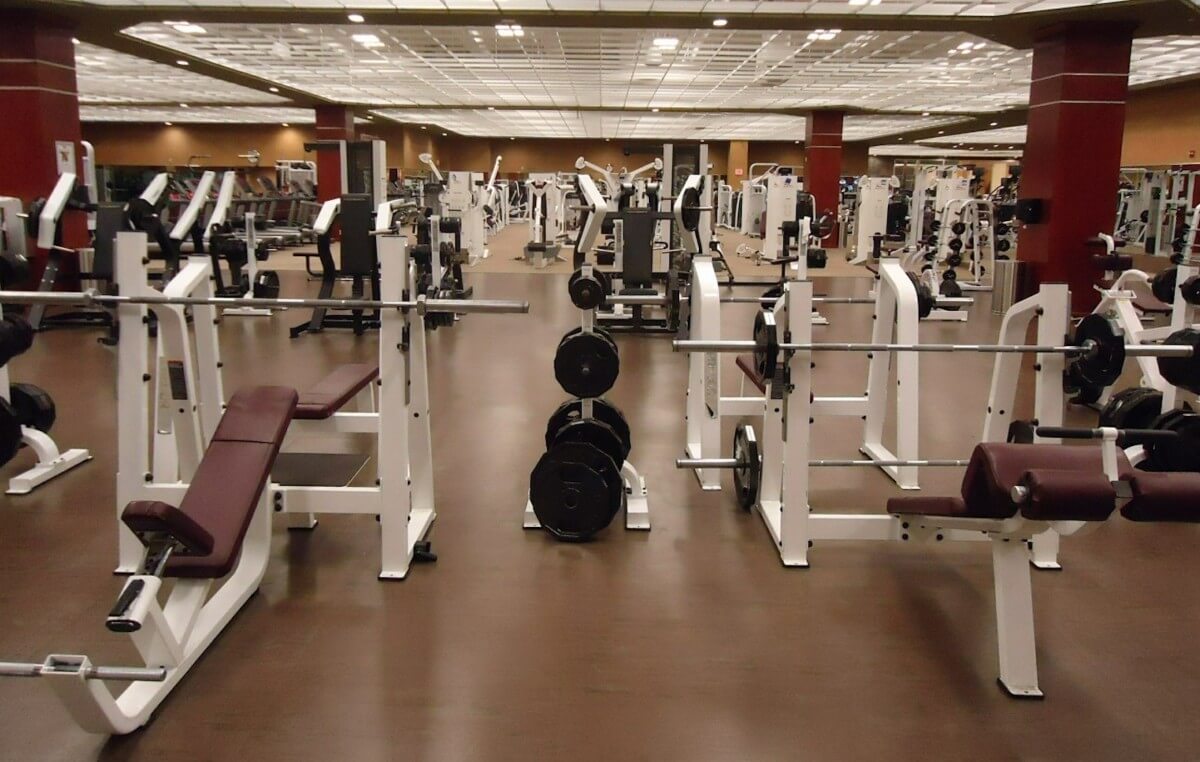
Sanford POWER in Bismarck, ND works with a couple of high schools in the region that offer a year-round strength and conditioning course to all high school students. This is an incredible opportunity for students and sports coaches as it solves two common issues. First, and most importantly, this course allows students to train consistently year-round and continue to develop athleticism, improve overall general health, and help mitigate some common injuries seen in sport. The second positive benefit of this model is it helps alleviate the demands of a student-athlete. When they are done with the school day and sports practice they go home to spend time with family, friends and complete their studies versus adding another hour in the weight room or returning to train the following morning before school. This also helps solve scheduling issues for the administrators and coaches for practice and training times packed into the afterschool hours 4-9 pm. An added bonus is the positive effect of exercise on cognitive performance in the classroom setting. There are many studies pointing at the acute and chronic benefits of exercise on cognitive performance. The above points were the primary reasons the school administrators looked for guidance to create a plan for the student athlete’s long-term development.
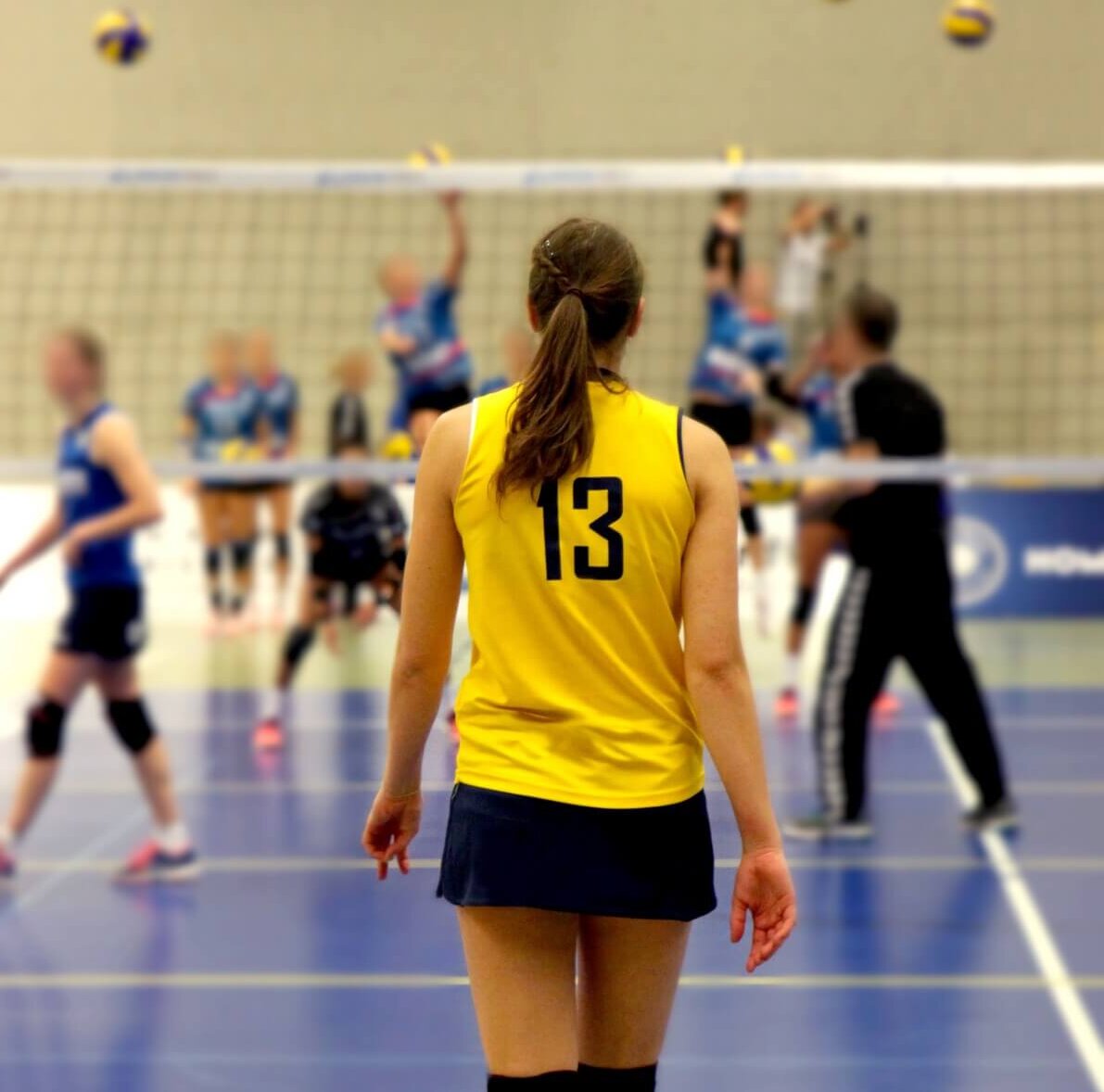
Key Features of a Successful Program
When developing a curriculum or training program there are many variables to consider (age, training age/experience, emotional intelligence, puberty, movement competency, past injuries, and abilities), and having a credentialed professional in a high school setting increases the likelihood that sound progressions, programming, and techniques will be utilized to help athletes head in the right direction. A performance coach needs to have experience and a solid understanding of physiology and biomechanics, but the most important training variable that drives results is fun. The more ways we can make training a game, the better the adherence to the program, and therefore results and measurable improvements. The buzzword here is culture. Positive energy and the culture of the group are ultimately what will keep students engaged and looking forward to training. This is the responsibility of the performance coach to facilitate. Using exercise as punishment is seen everywhere in sport and is often the reason for loss of interest in sport and physical activity. There are many ways to hold kids accountable without fear of punishment. Two of the best indicators of a successful program are: do the kids view the weight room as a positive environment or refuge to develop their abilities? Do they want to continue to train after their time spent under the coach’s guidance?
Improvements in performance and overall health are assumed when there is adherence to a program but arguably the biggest benefit of a sound training program is confidence. With the societal pressure put on adolescents, being able to see improvements in performance and positive changes to their bodies is incredibly valuable for the mental health of a student. In addition one of the most underrated benefits of a structured program is the learned tools that students will be able to use for the rest of their lives. They should be taught and have acquired the knowledge and skill to program structured training for themselves and navigate any gym setting knowing they are competent in all movement patterns and deterring orthopedic injury risk. Many times upon high school graduation there is a cessation of physical activity with a lack of structured PE built into a new routine along with a lack of knowledge of how to build a program for themselves. People will get a gym membership, go hop on an elliptical or treadmill for a few weeks, and get burnt out or bored with their exercise regimen. The goal of this model is to offer another mode of exercise to promote lifelong adherence to physical activity and training.
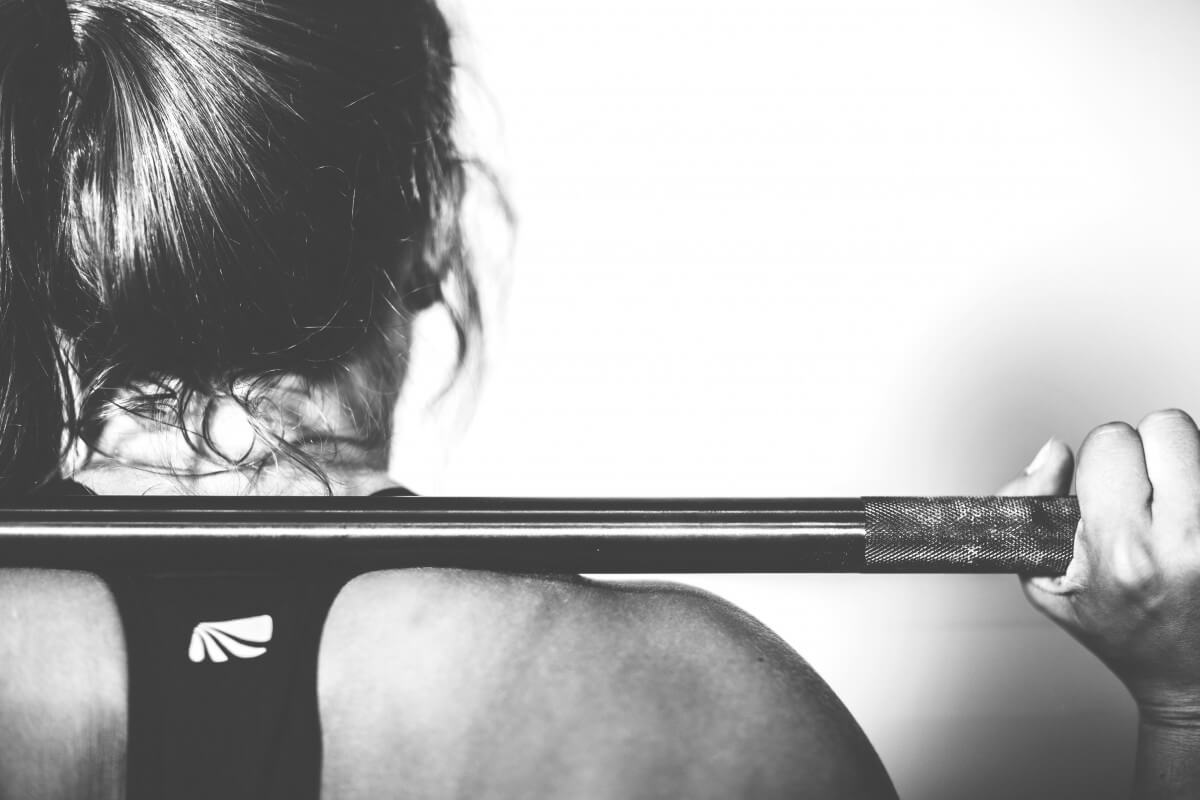
Barriers to Navigate
Odds are when first implementing a program into the school day there is a scheduling challenge to make it available to all students. The performance coach has to be able to work with administrators on class times and training schedules. Open lines of communication between administration, coaches, students, and the performance coach are crucial to implementing a successful program. The performance coach has to be able to navigate competition dates, injuries, school events, etc. They must also be able to make modifications to the exercise prescription based on students’ abilities and if they are in season or offseason from sports. This in itself is a skill to know how to organize training and appropriate progressions or regressions to implement within the group. This is ever-evolving in each school setting, but the better the school administrators and performance staff are able to group students in tiers of movement competencies the better the outcomes. This can be approached like other course curriculums where there are prerequisites required before moving into more advanced courses.
The sports coaches need to be on board with the long-term plan and also work with the performance coach on training modifications based on practice plans and training volumes to limit overreaching or a worse scenario of overuse injuries. This is why having a credentialed performance coach integrated into the PE setting is crucial for long-term success.
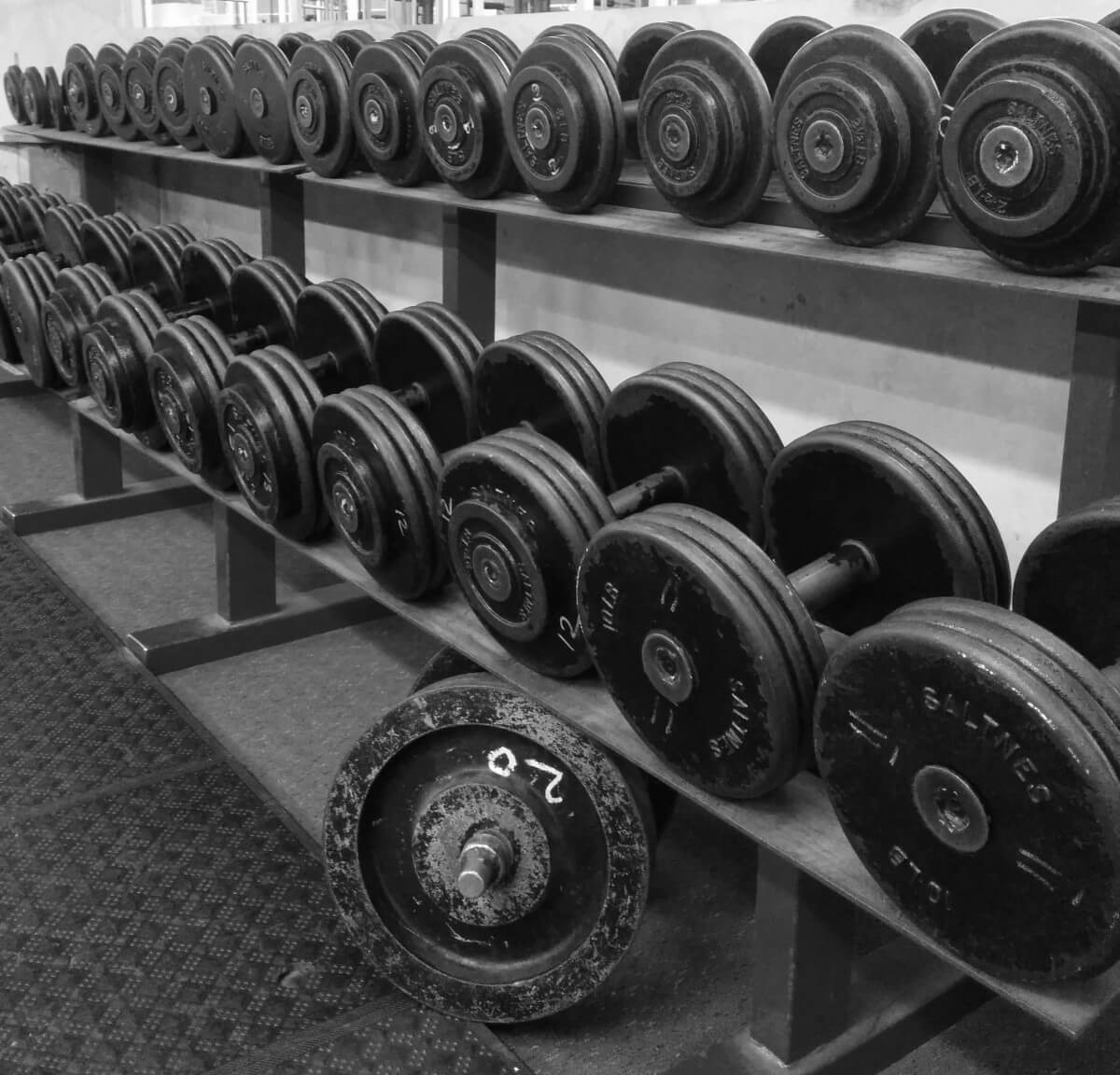
Every setting and situation will look different as all school systems have varying resources and funding. For example, one of the high schools Bismarck POWER works with does not have a weight room so all training takes place at the POWER facility (conveniently a 4 min drive). Many schools also may not have the funding to hire an additional full-time performance coach so the next best cost-efficient option is investing in certifications and educational experiences (NSCA-certified strength and conditioning specialist, USA Weightlifting certification if o-lifts are being programmed. There are hundreds of certifications out there but these are credible and a good starting point) for currently employed PE teachers or sport coaches. There also may not be many dollars available for equipment. A knowledgeable, experienced coach can run an effective program with limited tools and can help schools identify where allocated dollars will have the greatest impact. The key is to find a person who will lead and oversee all training, go observe other effective programs, and develop a plan that fits the school’s needs. Some school districts may be able to organize training groups exclusively for athletes or specific sport teams and participating students can still receive a PE credit, while many schools will likely need to make the course available to all students. Regardless, what is important is that all students have the opportunity to be coached and learn how to train. When first implementing a development model there will be road bumps, but every setting has the opportunity to implement and improve training for students to some capacity.
Having an experienced professional in the high school setting is a great resource for sport coaches, students, and school administrators to improve the long-term performance and health of the student body while also limiting the school’s liability for poorly structured programs and potential associated risks. The performance coach is a large piece of the sport medicine team and is the gateway to other resources for the students and coaches. They can dramatically improve the safety and efficiency of a program and also help “coach the coaches” to improve the level of play across all populations.
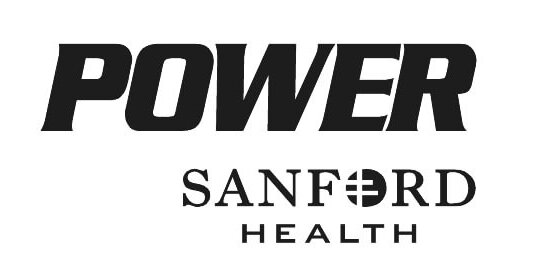


Sanford has done great things in promoting sport and providing athletic facilities in ND.